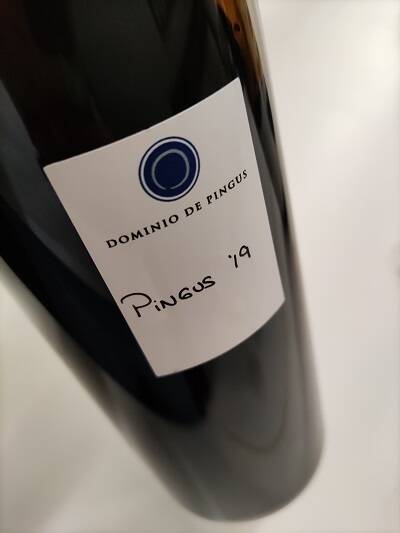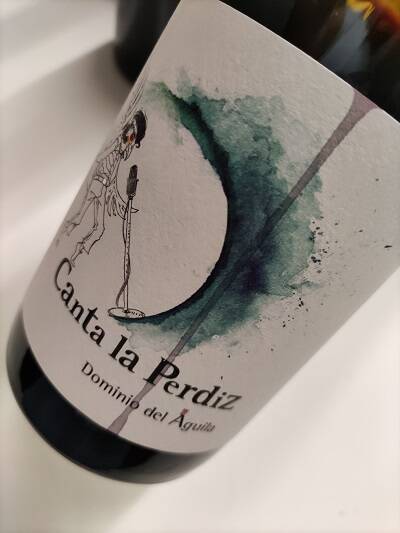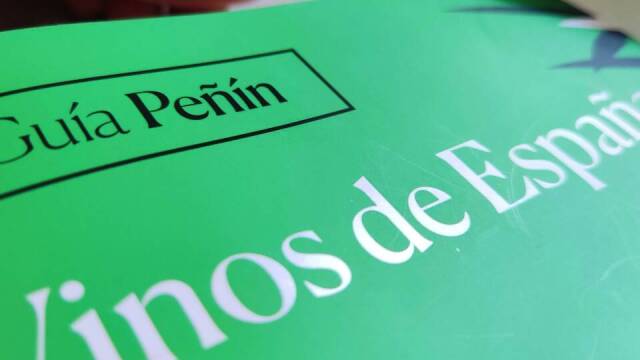Every year we see new wines in Ribera del Duero that seek to soften the presence of oak with work that highlights other things, such as fruit or soil. However, and this is where we see the biggest challenge for the area, Ribera del Duero has to be able to show a greater diversity of styles if it is to be much more than a full-bodied, tannic, ripe and fruity wine. The best producers in the area know how to stamp a unique and differentiating style. Peter Sisseck (Dominio de Pingus), Jorge Monzón (Dominio del Águila) and, of course, Vega Sicilia and Dominio de Atauta, among others, are showing with each passing year a new Ribera that is much more exportable and more drinkable.
Some of the styles of Ribera already exist, they do not need to be invented. However, it is necessary to know how to transmit them to the consumer, to verbalise them so that their existence becomes evident and they are associated with an additional Ribera style. The general Ribera del Duero style is a line that can coexist with freshness and elegance, but we must understand that we are in an area with an extreme continental climate and as such is prone to naturally generate wines with a certain weight. It would be possible for an experienced winemaker to show us an "infusion" style Ribera, but it would also be hardly representative of the environment where it is born, something that already happens in some other parts of Spain, where this subtle style, typical of other producing regions of the world, is so popular that they forget the origin where they want to create it and its natural identity, a basic principle in the world of quality wine. If some of Ribera's styles are already created, there is also an obstacle to a greater representation of styles in the region. This is none other than the requirement that the wines have a minimum percentage of 75% of tinta fina grapes (tempranillo). This is a very high percentage compared to other areas which prevents producers from opening up the stylistic range of their wines by generously incorporating other grapes with different characteristics and traits.
Since Ribera del Duero accepted the production of white wines with the albillo mayor grape under the D.O. label, many wineries have opted to expand their range of wines with a white wine. Although the vast majority of wineries have opted for the production of wines for immediate consumption, we have been able to see how the best results are obtained with wines aged for a long time in the bottle, as was the case with the Arzuaga Navarro 2007 white, a revelation wine in the Peñín Guide 2020. Furthermore, we have confirmed the longevity of albillo mayor through a vertical tasting of Jorge Monzón's personal wine Dominio del Águila Albillo Viñas Viejas.

 Log in
Log in











